On Monday (June 17) the FAA announced two new actions addressing public charter flights, citing a rapid expansion of “frequency and complexity” of the operations in the past few years. The agency said that some of the charter providers “appear to operate like scheduled airlines but under less-rigorous safety regulations” that are often not clear to customers.
“The FAA will explore new ways to integrate charter flights into the airspace in a manner that provides flexibility and safe options for all flyers,” the FAA said in a statement. The first act would be to launch rulemaking that would amend FAR Part 110 definitions of “scheduled,” “on demand” and “supplemental” operations. The object of the new rulemaking would be to subject public charters to operating rules “based on the same safety parameters as other non-public charter operations.”
The plan would apply to charter operators regulated under FAA Part 135 safety rules and U.S. Department of Transportation Part 380 economic requirements. FAA Administrator Mike Whitaker said, “If a company is effectively operating as a scheduled airline, the FAA needs to determine whether those operations should follow the same stringent rules as scheduled airlines.”
Ed Bolen, president and CEO of the National Business Aviation Association, questioned plans for the new rulemaking on charter operators. He said, “The plan to impose new requirements on these carriers has been introduced without an apparent data-based safety rationale. Additionally, the FAA’s approach to developing the requirements has the potential to relegate to the sidelines the citizens in small communities and other important voices most impacted by this process.
“We call upon the FAA to step forward with a data-driven basis that explains the need for this change, and detail its intended process for engaging with all voices in a meaningful dialogue about the agency’s approach to public charter policy.”


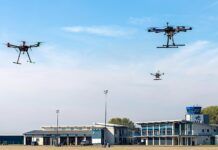

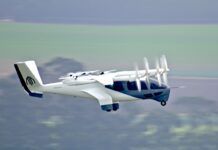
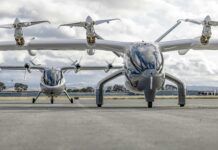



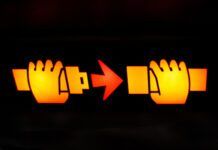



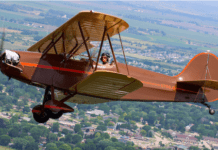

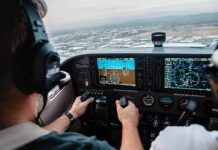

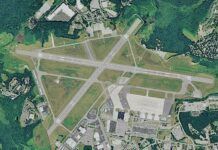
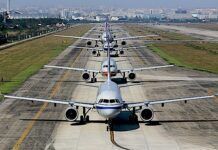







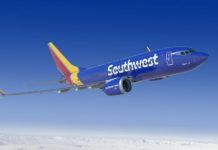






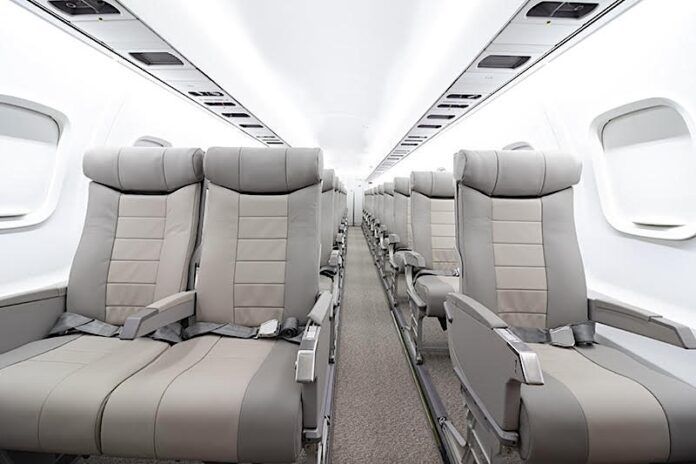
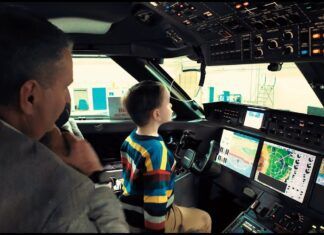
In the past they were called chisel charters. If there is little oversight, then you know that things can and do go off course with some operators.
In others words, our government is doing the bidding of the crony companies and unions to suppress competition. Losers will be small, innovative companies, consumers, and GA airports. Free Markets are by far the best form of self-regulation. Charter companies that provide poor service or endanger their passengers will not remain long in business. The best government oversight is no government oversight. “Liberty is always freedom from the government.” Ludwig von Mises
Actually this quick departure of UNSAFE operators is not true has not happened I the past. The fast response from consumers is predicated on having equal access to information which is not and never has been true. The safe problems of small carriers is one nit obvious without oversight Two hard as heck to understand until there is an incident and then still hard to understand.
The un equal access to information makes the let the market decide a fools paradise.
If consumer information truly is a worry, simply placard the aircraft within view of the passengers (seems to work fine for experimentals) and a disclaimer when one purchases a ticket.
Worries assuaged.
Safety at the level of commercial aviation is not something that can be assessed by a passenger and it is generally a bad idea to make safety a matter of competition. Any plassenger plane accident will hurt all passenger carriers as the flying public is not educated enough to discern between various levels of regulation and will simply perceive flying to be dangerous. If it walks like a duck it should be treated like one.
Can safety at any level of aviation be assessed by a passenger?
No oversight no rules… Sounds like like paradise for the powerful rich haves and an utter hell hole for everyone else.
What part of aviation are you referring to that has no oversight and no rules?
FAA loves to make new rules to obscure the fact that they weren’t enforcing the rules it already had.
Why can’t we have an FAA that’s dedicated to preventing accidents rather than creating a tangled web of FARs?
That’s become the problem with most of our government as far as I can tell. There’s a new rule as soon as anything looks like it might embarrass some officials, but never any step up in doing the hard work of enforcement nor elimination of rules that aren’t working.
Leave well enough alone.
IMHO, this is a case of regulatory capture of the FAA and DoT by one or more major carriers. Follow the money. It has little, if anything, to do with the unions.
New rules in search of a problem.
Part 121 lobbyists always have more bucks and leverage than the Part 135ers.
And more sinecures for former FAA employees.
This effort by the FAA to expand regulation looks like a solution without a problem. Is there evidence that charters have more, or more severe, safety incidents and accidents than scheduled airlines? If not, it is just a move by FAA to increase its power and budget and should be rejected. Does the FAA want to increase regulation of charters simply because its customers are businesses and “rich” people? If so, that is not a permissible basis to impose additional regulation.
As a private pilot, I have never delved into Part 135 or 121 ops, other than I understand some of the limitations that each has for safety reasons. The FAA appears to make Part 135 ops inferior to part 121 (by triggering this rule-making), when it may be more “different”, then “better” or “worse”. I wonder if there is some “middle ground” between 121 and 135, other than 125 that requires a contractual agreement for clients?
Do people showing up for one of these flights really not have an expectation that these flights are just as safe as the airlines? I’d bet most of them realize there’s a difference, but are taking the risk for rational reasons.
The 121 operators should be taking notes on why customers will do this. Instead, they will likely continue to fail to differentiate themselves and thus be slaves to price buying travelers.
When I flew on one, I had no idea it was a charter and I’m an ATP who once owned a Part 135 operation (on demand). I wasn’t aware of this until I read the AvWeb article. I’m sure somewhere on the Contour website or my ticket there might have been a clue but I wasn’t looking. Neither is anybody else. There’s no way the average passenger knows and that’s the problem. Passengers need to know that they are flying with an operation that is held to lower standards than the 121 carriers. The only clue I had, and it concerned me, is that I could buy an “airline” ticket for $50. How can they possible make money? Even enough to keep their planes safe?
So the lack of TSA and other usual procedures did not tip you off? Or did they actually try to make it seem like a regular airline trip?
Perhaps it’s time for the FAA to follow suit with much of the world and eliminate the barrier between 135 and 121. In most regulatory bodies you’re either an air carrier, or you’re not – and these air carriers can shift their authorizations with enough compliance work. There isn’t a major difference between being scheduled or nonscheduled.
As someone that has been key management at a 121 and 135 operations, there are virtually no differences between a 135 jet operation authorized for 10 or more pax, and a 121 regional carrier. Really the main difference is FAA staffing and responsiveness to a 121 carrier, and the large amount of “self inspection” warranted to a 121 carrier.
SAS is a copy and paste of ATOS but instead of the operator completing the inspection internally, it’s completed by the FAA. Training under 135 jet operators is generally the same as 121 but with a pass-fail dynamic rather than “train to proficiency” under AQP. I would challenge anyone to tell me where the “lack of safety” or “oversight” exists between an operator like JSX and American Airlines or Southwest. In fact, I’d even say the recent record shows JSX is safer than those two airlines – no JSX pilot bungled an ILS and nearly hit a control tower, no JSX main landing gear wheel fell off on rotation, and no JSX pilots have crossed an active runway while another plane was taking off.
So by your logic the 737 Max8 was the safest airplane ever built, since it had never crashed, until it did?
1. No, the distinction of the safest plane ever built will always be the glorious L1011.
2. Can’t your argument equally be applied to the airlines?
Either way, if Part 135 is so unsafe perhaps the FAA should bring it up to 121 standards then? WHile I don’ think it is, so many here seems to think that’s the case and will cite Joe’s Discount Cessna Tours in that argument, while ignoring the NJI is larger than most airlines with no accident history or “near misses” that seem to be plaguing the airlines now. I can keep listing large 135 operations with better safety records than any airline. I ask again, what makes airline oversight produce a safer product than charter oversight?
You seem to be unaware of a JSX hard landing at Houston Hobby back in May. The plane hit so hard the left main collapsed and penetrated the wing. The First officer was injured and taking to a hospital. As for the L-1011, one of my favorite airplanes, both Delta and Eastern had L-1011 catastrophic crashes. Both of course were crew related, but ironically a 737 MAX8, put in identical circumstances today, most likely would not have crashed.
Well, I don’t think the article was thorough enough to address the full story. JSX, and anyone else clever enough to bend the existing rules that are designed to help ensure the highest levels of safety for the “aviation-specific”-uneducated flying public can legally set up an air carrier operation (which is what JSX did) that does not meet the stringent safety rules of Part 121. One can argue all day long whether both pilots in the cockpit should have 1500 hours, but that is the Part 121 rule, and it is there based on good reason and plenty of experience. Surely you don’t believe a 250 hour private pilot, who has just obtained a Commercial Certificate and Instrument Rating has the same experience and judgment as one with 1500 hours. Or, 750 hours, if you want to consider that number…. really? JSX, and anyone else that wants to operate (up to) 30 passenger jet, turboprop, or piston aircraft can skirt the existing rules by setting up two companies….. that’s what JSX did… one company to operate the aircraft, and one company to sell the tickets. That’s the crux of why the FAA is looking at the situation!
No, the flying public is not getting the same level of safety as a Part 121 operation, but it sure looks like it when you buy the ticket. Is it okay with you to put your grandkids on a 30 passenger jet on a wintry night going from Lexington to White Plains in winter storms, knowing the right seater has 325 hours and has never flown in ice and freezing rain… and it’s that 350-hour pilot’s leg to fly? I want my airlines to hire people with substantial experience, pilots who have made some tough decisions, and have gained some real world experience. I don’t want airlines who have a pilot with 1750 hours in the left seat and a pilot in the right with 300-1000 hours. You just can’t see enough of the real work of flying in that few hours. It’s not about denying an airline the capability to fly… it’s about ensuring an airline that looks like an airline is really an airline!